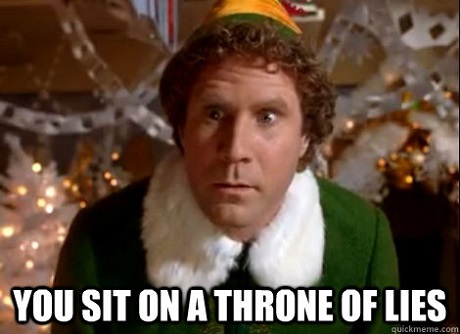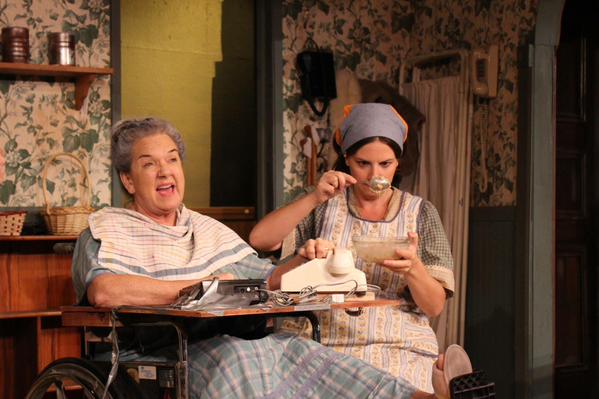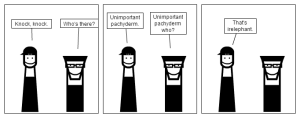I don’t know what it is, but there is something about a Fringe Festival* that just makes me all giddy inside like a little kid on Christmas morning. Or better yet, that thrill when the Sears or Toys-R-Us catalog finally came in and you got to go through and mark EVERYTHING that you wanted Santa to bring you. (I just dated myself there, didn’t I?) However, unlike Santa, who inevitably would stick an orange in my stocking and bring the one thing off my list that was even remotely educational, I get to go see anything and everything that I am able to cram into my schedule. Which for the viewing audience at home is a whopping 23 shows. Why? Because I’m crazy that’s why.
And that stingy Santa bastard wasn’t around to rein me in. I’m just kidding, Santa’s fantastic.
Now here’s the catch with any Fringe Festival. With so many shows – I believe there are over 300 this year – how do you know what to go see? Well, you could scroll through all of the different categories of shows and read the little blurb about each one, then make a list of the ones that look interesting, then figure out a schedule that allows you to see as many on your list as humanly possible. That’s what I did. Why? Because I’m crazy, I thought we already covered this?
Or two other fantastic options is to attend a Fringe Cabaret, or follow See It Or Skip It LA on Twitter and Instagram . . . probably some other social medias as well, but I’m not on those so I don’t know how they work. A group of us – yours truly included – are going to go out and see as many Fringe shows as we can. Then we will tweet, Instagram and podcast – we’re also doing podcasts – what we thought. Even better, all you need to know are four different hashtags.
- #ChanceItLA – This one looks awesome. I’m going, but haven’t seen it yet.
- #ChanceItLA – I saw it and it’s not my cup of tea. But it’s well done, so you might like it.
- #SeeItLA – This one is awesome. Get your butt in a seat.
- #SkipItLA – This one was not awesome. Get your butt in a different seat.
- #DrinkBeforeItLA – Libations will make the experience more enjoyable.
But no matter what way you pick your shows, come see some Fringe. You can check out the schedule, read about the different productions, buy tickets, and find answers to all of your burning questions at the 2015 Hollywood Fringe Festival website. Previews start tonight, June 4th (as a hint, preview shows are generally less expensive), opening night is June 10th and shows run through June 28th. If you’re wondering what shows I picked to go see, my list and an interview with each production can be found by clicking here.
So what have we learned? Fringe Festivals are better than Santa. So get your butt down to the Fringe.
*For those of you going, “A what festival?” A Fringe Festival is a gathering of performance artists – clowns, singers, musicals, dramas, comedies, magicians, solo acts, etc – who bring their shows to one location – in this case Hollywood – to perform. These shows are jam-packed into a back-to-back schedule, in several different venues so that people can hop from one show to the next almost all day long. It is crazy, it is dramatic; it is a glorious gathering of creative minds reveling in the shared love of art. I’m sure there’s a much more technical definition, but if you want that, ask Google.









